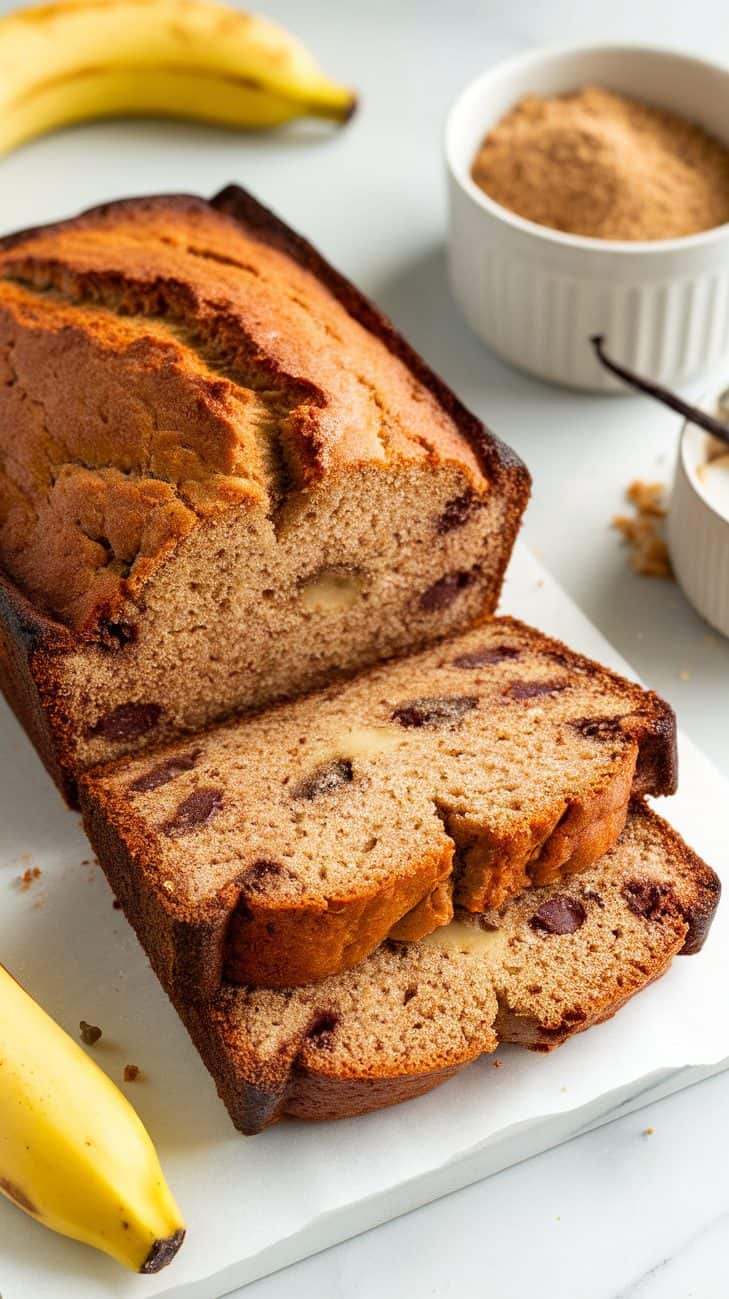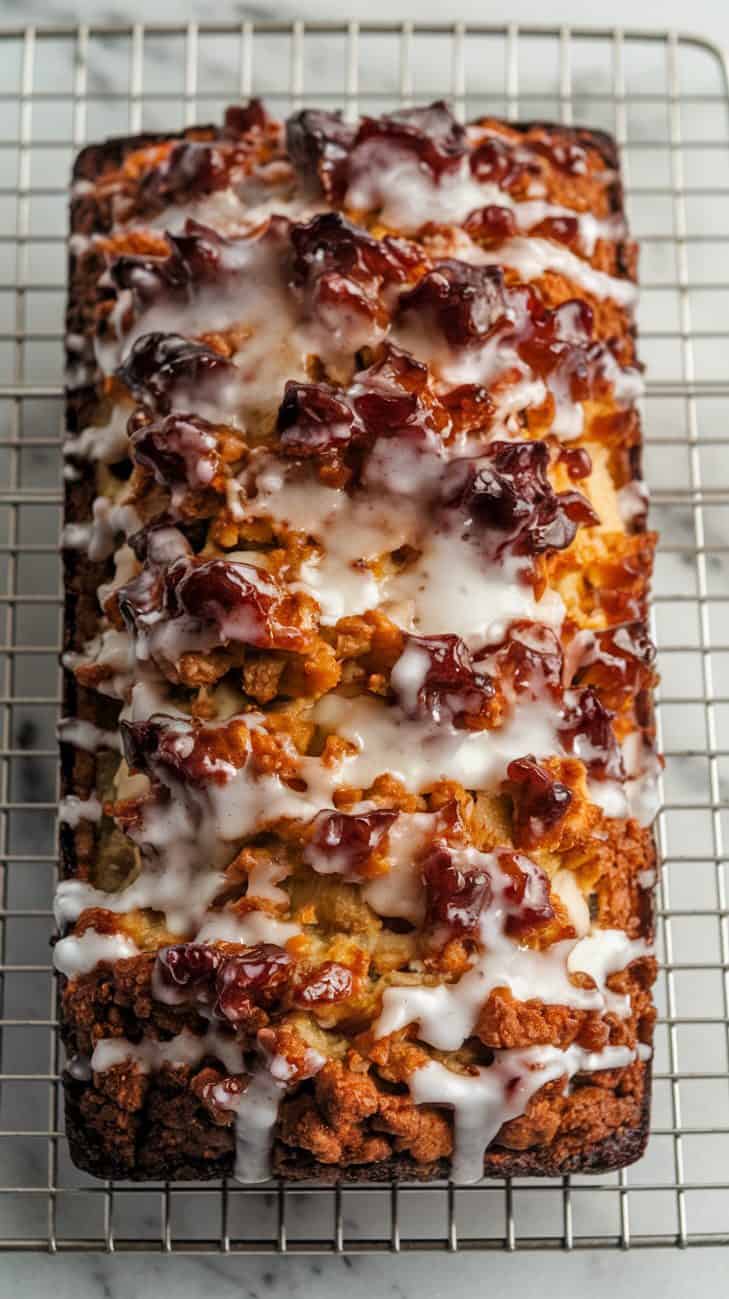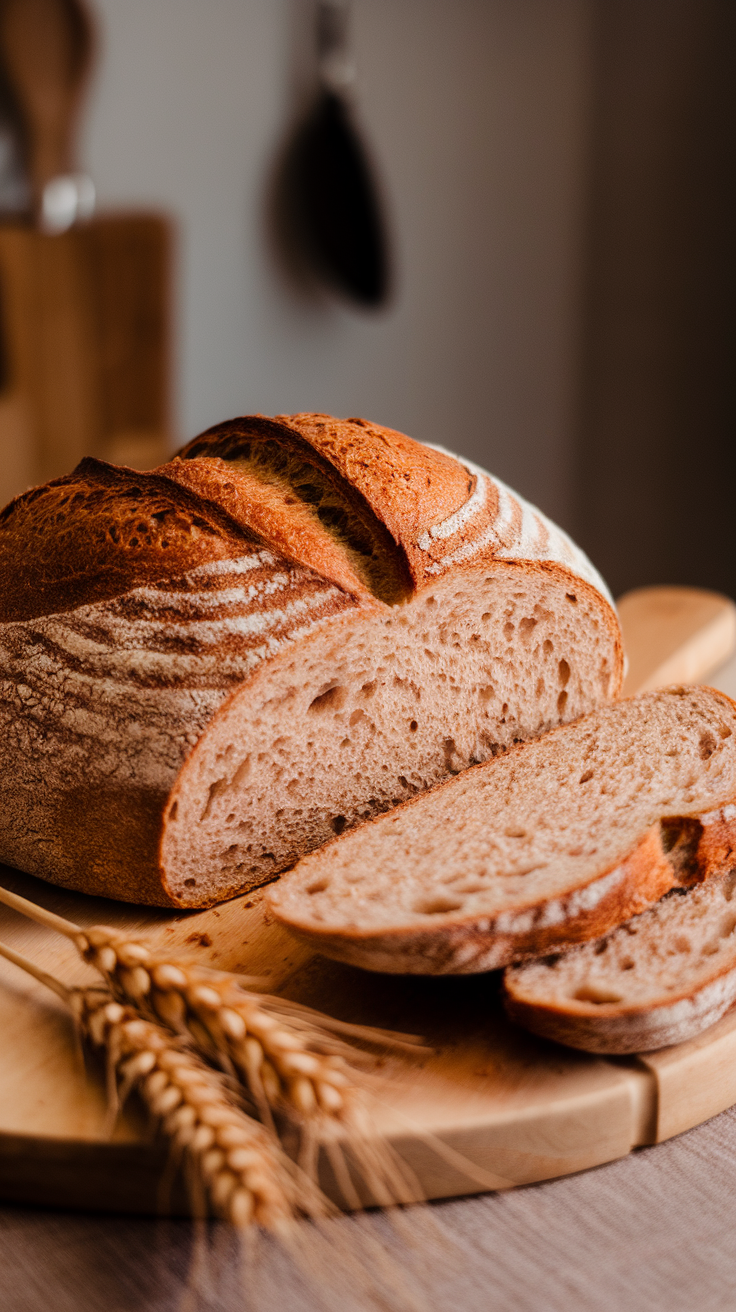Ultimate Flaky Sourdough Croissants (Buttery & Simple!)
It was a rainy afternoon in Paris when I stumbled upon a small bakery tucked away on a cobblestone street.
The air was filled with the buttery scent of freshly baked pastries, and as I bit into a croissant, its delicate, flaky layers melted in my mouth. That moment changed everything—I knew I had to recreate that magic in my own kitchen.

The journey to perfecting homemade sourdough croissants wasn’t easy. Countless batches, imperfect layers, and lots of patience later, I finally found the technique that works.
Now, every time I make these, I remember that rainy day in Paris and the joy of baking something truly special. If you love the rich, buttery flakiness of a perfect croissant and the complex tang of sourdough, this recipe is for you.
Why You’ll Love This Recipe
- Delicate, flaky layers with a deep, tangy flavor.
- Made with a natural sourdough starter, no commercial yeast needed.
- A fun, rewarding weekend baking project.
- Endlessly customizable—fill them with chocolate, cheese, or almond paste.
Ingredients & Substitutions
- 500g all-purpose or bread flour (bread flour for chewier texture)
- 280g cold water (slightly reduced for easier dough handling)
- 100g active sourdough starter (bubbly and mature)
- 10g salt (balances flavor and strengthens dough)
- 50g sugar (optional, enhances slight sweetness)
- 280-300g unsalted butter (for laminating) (more butter = better layers)
For egg wash:
- 1 egg + 10g milk (adds a shinier, even golden finish)

Prep & Cook Time
| Preparation Time | Resting Time | Cook Time | Total Time |
|---|---|---|---|
| 1 hour | 12 hours (overnight) | 20 minutes | Approx. 13 hours 20 minutes |
Step-by-Step Instructions
- Mix the dough (day 1): In a large bowl, combine flour, water, sourdough starter, salt, and sugar. Knead until the dough is smooth and elastic. Cover and rest for 1 hour at room temperature.
- First cold rest (bulk ferment): Shape the dough into a smooth ball, wrap tightly, and refrigerate overnight (12-24 hours) for improved flavor and gluten structure.
- Prepare the butter block: Flatten cold butter into a 7×7-inch square between parchment paper. Refrigerate until firm.
- Laminate the dough (day 2): Roll out cold dough into a 10×10-inch square. Place butter block in the center, fold dough over it, and seal edges. Roll into a long rectangle, fold into thirds (like a letter). Rotate 90°, repeat rolling and folding three more times, chilling between each fold for 30 minutes.
- Final cold rest: Wrap laminated dough tightly and refrigerate at least 4 hours (preferably overnight).
- Shape the croissants (day 3): Roll dough to 5mm (¼-inch) thickness. Cut into triangles (8-inch base, 10-inch height). Roll from the base to form a crescent shape, ensuring the tip is underneath.
- Proofing for the best rise: Place croissants on a parchment-lined baking sheet. Proof in a warm, humid area (78-80°F/26-27°C) for 3-4 hours until puffy.
Tip: Use a slightly steamed environment (like placing a warm cup of water in the oven) for an even, light texture. - Bake to perfection: Preheat oven to 400°F (200°C). Brush croissants gently with egg + milk wash. Bake for 15-20 minutes, until deep golden brown and crisp.

Expert Tips for Perfect Sourdough Croissants
- Keep everything cold: Chilled dough and butter are crucial for creating distinct layers.
- Be patient: Croissants require long resting times for the best texture and rise.
- Use precise measurements: Baking is a science, so weigh ingredients instead of using cups.
- Test fermentation: Your sourdough starter should be very active; an underdeveloped starter will result in dense croissants.
- Experiment with fillings: Try adding chocolate, almond cream, or even savory ingredients like ham and cheese.
Nutrition Facts
| Serving Size | Calories | Fat | Carbohydrates | Protein |
|---|---|---|---|---|
| 1 croissant | 300 | 18g | 30g | 6g |
FAQs About Sourdough Croissants
Can I use another type of flour?
Yes! Bread flour yields chewier croissants, while whole wheat adds a hearty texture.
How do I know my croissants are done?
They should be golden, crisp on the outside, and sound hollow when tapped underneath.
Can I freeze uncooked croissants?
Absolutely! Freeze after shaping and before proofing. When ready to bake, let them fully thaw and rise before baking as usual.
My dough feels too sticky—what should I do?
Lightly flour your work surface, but avoid using too much, as it can dry out the dough and affect layering.
Baking Memories in Every Bite
Baking sourdough croissants is a labor of love, but the reward is unparalleled—the crispy exterior, the delicate layers, and the deep, buttery richness make every step worth it.
Whether you’re making them for a special occasion or simply to savor with a morning coffee, these croissants will bring a little Parisian magic into your home.






